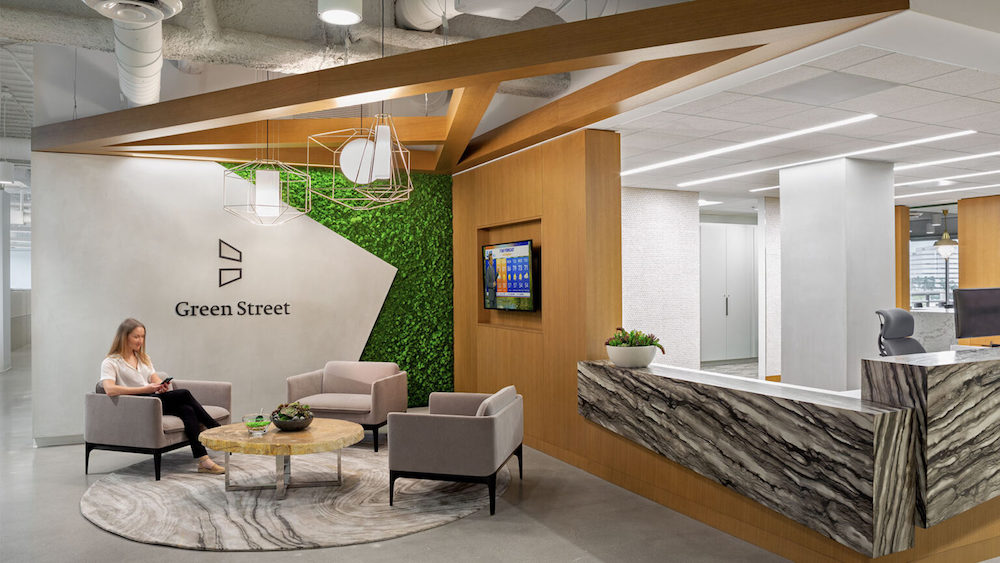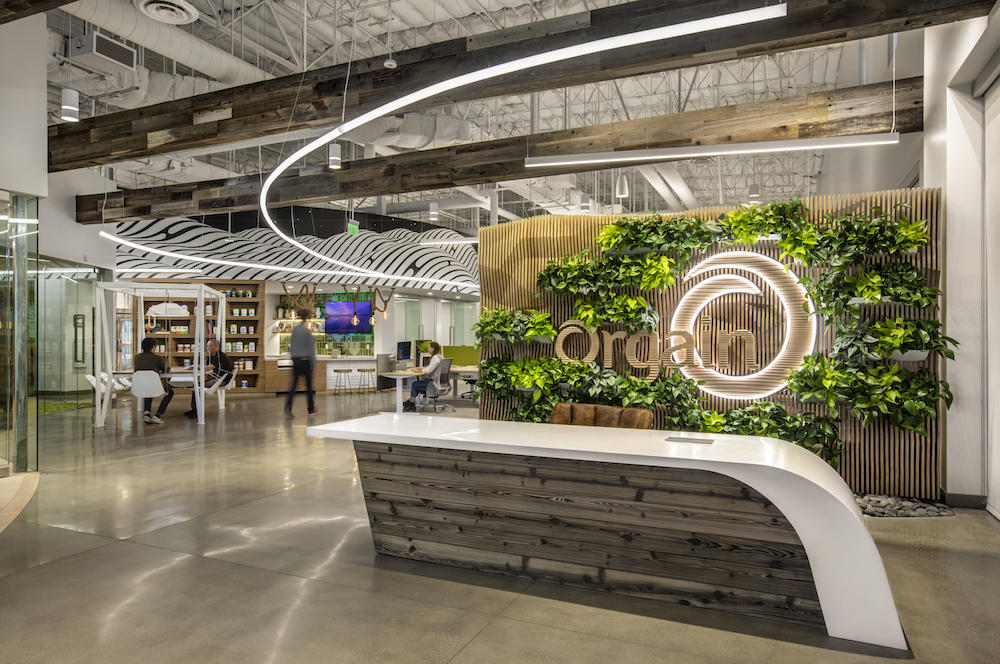Hendy’s Sonaly Dudheker outlines the importance of creating environments that focus on improving mental and physical health for employees.

As of 2021, employees have begun returning to the office and expect employers to provide a healthy workplace that embodies both physical and mental health. The last two years have shown us that health goes far beyond our physical wellbeing (aided with MERV filters and social distancing). Employees now look to the office to foster mental health with human connections and create experiences in a purpose-driven environment. In fact, recent data about mental health indicates that nine in 10 employees report that their workplace stress affects their mental health, driving the need for creative yet calming environments. Furthermore, 60% of employees today find it difficult to concentrate because of their work environment compared to 46% of employees in 2018, highlighting the need for today’s workplaces to be productive and inspiring. Returning to the office, at least a few days a week, is essential for nurturing personal relationships, integrating new employees, generating ideas and building company culture. The key to success is creating environments that focus on improving mental and physical health for employees.
In the words of Dr. Richard Jackson from the University of California Los Angeles School of Public Health, “We now know that developers and architects can be more effective in achieving public health goals than doctors in white coats.” On average, one-third of a workday outside of the home is spent at the office. Therefore, in order to achieve public health goals in the workplace, color, natural elements, eclectic spaces and creative thinking are essential factors to consider in design.

Benefits of Color and Nature
Colors have the capacity to impact our mood and have an influence on our mental and physical wellbeing. The color green is said to enhance mood and relieve stress. Incorporating plants and other biophilia into a workplace design can reduce stress and create a comforting and calming environment. The use of natural and tactile materials such as wood, natural fibers, brick, water and natural light can also reduce stress, improve memory, increase positive feelings and encourage employees to engage with their sense of touch and interact with their surroundings. Hearing and seeing water and plant elements and navigating in open spaces has also proven to help soothe people and increase productivity. To enhance physical wellbeing, incorporating large windows, skylights and other tools that draw natural light into the workplace can reduce eye strains, headaches and stress levels.
An example of this can be seen at Green Street, whose office features biophilic design, natural woods and exposed ceilings to create a bright and airy atmosphere. Natural light, access to outdoor work and interaction spaces, temperature-controlled workrooms and ergonomic height adjustable sit-stand desks provide WELL-inspired amenities designed to strike a balance between collaborative and focused work. Boasting an engaging and branded atmosphere choc-full of indoor and outdoor amenities, Greenstreet’s office evokes a sense of community – a place where employees want to be and work.
Stress-Reducing Design
While stress is common in fast-paced working environments, companies like Metagenics are staying health and wellness focused with stress mitigation built into the design of its newest office. Key features include a living green wall; natural materials of wood, stone and concrete; abundant sunlight; ample outdoor views; and lower panels at work stations that all contribute to overall health. The flexible design of the office ultimately provides a uniquely holistic approach to employee and patient health while embracing the future of technical advancements and a synergistic medical approach. By adopting an unconventional perspective, the experience-driven space enables patients and employees to feel welcome and comfortable as soon as they enter the office.

Spaces for Breaks and Movement
Additionally, incorporating dedicated spaces that ventilate clean and fresh air throughout develops a sense of health, community, collaboration and comfort in the workplace and is essential to boosting endorphins. Corporate benefits like gyms, on-demand yoga sessions at the office, gaming areas, and quiet zones are increasingly common and offer employees a place to “escape” and reflect, encouraging increased productivity and positive mindsets. In addition, designing ergonomic workstations such as supportive chairs, height-adjustable desks and proper desk layouts provide opportunities to easily move around and work as a team, which increases efficiency and reduces sedentary tendencies.
Companies like Orgain are putting their health and wellness focus on display with a comfortable breakroom and adjacent game room designed to provide that often needed “mental break” to avoid work fatigue. Outdoor, “de-stress” zones include a Zen garden, putting green and tranquil water feature offering opportunities for employees to rest and relax or build connections with their colleagues. Orgain also implemented a fitness center with a custom rock-climbing wall and a fully equipped outdoor fitness patio to continuously inspire healthy, vibrant living.
Future-Focused, Wellness-Centered
Finally, incorporating health-oriented workplace programs as well as preventative design solutions will provide an abundant sense of safety and connection. Corporations are encouraged to continuously maintain the workspace as well as assimilate engaging activities, such as creative workshops, for employees to activate within the designed space.
By understanding the needs of employees and clients, we know that health and wellness are top of mind and should be customized to each space. The future of workplace design will remain focused on promoting wellness and purpose-driven environments that lead to increased team morale, stronger communication and overall happiness within companies, returning a sense of safety and unity to the office.

